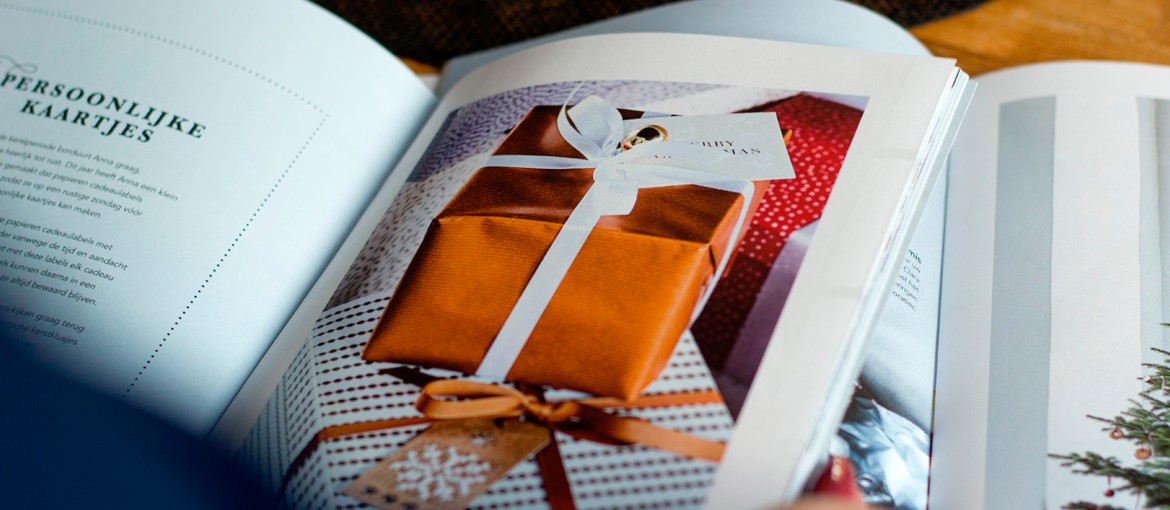Need to get a book, catalog, or magazine printed but unsure about the binding option to go for?
You’ve landed in just the right spot!
This piece demystifies unsewn paperback and thread-sewn binding— the two predominant and broadly utilized bookbinding methods.
Binding jargon like wire-stitched, paperback, rough-cut, and milled can understandably cause a bit of a mix-up for those not steeped in print terminology. Thus, we aim to break it down in the simplest terms and bullet points:
- Defining what paperback entails
- Understanding milled paperback and its attributes
- Grasping the concept of wire-stitched binding and its attributes
- Deciding on the most suitable binding for the publication you’re looking to print
By the end of this read, we’re confident you’ll be well-equipped to decide on the ideal binding style for your publication! Ready to dive in?

To kick things off: what exactly does ‘paperback’ signify?
Firstly, let’s dive into the definition of a paperback. A paperback refers to a bookbinding style where the book’s content—comprising a collection of papers or ‘signatures’—is encased within a cover typically made from paper or cardstock.
A paperback binding does more than just hold the printed pages together; it lends a finished look to the product, ensures its longevity, and enhances the reader’s experience. Having clarified the term paperback, it’s important to note the variety within paperbacks: including milled or rough-cut paperback, stitched or sewn paperback, staple binding, and metal spiral binding.
The variety comes down to the method of processing the paper collection post-printing and their attachment to the cover. Here’s a brief overview:
- Directly gluing the sheets to the cover is known as blank or milled paperback.
- Binding the sheets first with a thread before attaching to the cover is termed wire-stitched paperback.
- Using metal staples to secure the sheets to the cover is known as staple binding.
- Employing rings to attach the sheets to the cover is called metal spiral binding.

Focusing on book bindings: milled paperback versus thread-sewn binding
While we’ve covered the basics of paperback and its variants, our focus here is on milled paperback and thread-sewn binding—these are, after all, the most prevalent types of paperback bindings.
Bear in mind: for binding a book or any publication exceeding 50 pages with a polished and formal presentation, these two paperback styles are your go-to options!
What entails a milled paperback?
Milled paperback, also referred to as rough or glue binding, essentially serves the same purpose under different names. It’s a popular choice for bookbinding, offering a quick and cost-effective solution, suitable for books up to around 150 pages.
The process involves adhering a cardboard cover to the paper edges. However, before the gluing process, the signatures (the folded sheets forming the publication) undergo milling on the edge that will be glued to the cover. This milling could either involve trimming or grooving, with the latter specifically termed roughing.
The aim here is singular: to roughen the paper edges to enhance glue penetration and, by extension, the binding’s durability.
Pixartprinting’s catalogue provides a selection of paper types for your milled paperback. Ideally, a light, porous paper suits this binding type best (refer to our guide on the most common paper types for more details).
What about wire-stitched paperback?
Advancing to wire-stitched paperback, this method incorporates an additional step compared to milled paperback: stitching the signatures together before glueing them to the cover, resulting in a cohesive block.
The stitching employs materials like cotton, hemp, linen, or synthetic fibers, enhancing the book’s durability and resistance to wear more so than milled paperback, albeit at a higher cost and production time.

flickr/Horia Varlan
[CC BY 2.0].
Despite being more resource-intensive, this technique suits durable items where high-quality finish matters. Wire-stitched paperback introduces an extra layer of craftsmanship and is ideal for thicker publications exceeding 150 pages and using heavier paper.
Similar to the unsewn or milled method, the sheets are glued to the cover, but only after being centrally sewn together.

Choosing between milled and wire-stitched paperback
Opt for milled paperback if your publication is under 150 pages, budget constraints exist, and rapid binding is required.
This method is especially suitable for:
- Educational texts
- Detailed brochures
- Magazines
- Theses
- Catalogs
- Annual reports
Milled paperback represents an economical and swift option, with Pixartprinting offering print and bind services within 24-48 hours.

On the other hand, wire-stitched paperback is advisable for publications over 150 pages, with more budget flexibility, or when a refined product presentation is desired.
Wire-stitched paperback stands out for its professionalism, especially appreciated by an audience that values craftsmanship. Thus, it’s the preferred choice for creating:
- Valuable books
- Illustrators
‘ sketchbooks
- Designers’ portfolios
- Comprehensive corporate catalogs
- Graphic novels
Considering the longer production times, Pixartprinting delivers wire-stitched paperback products within 7 days.
Now, how will you bind your upcoming publication? Will it be wire-stitched or milled paperback?

